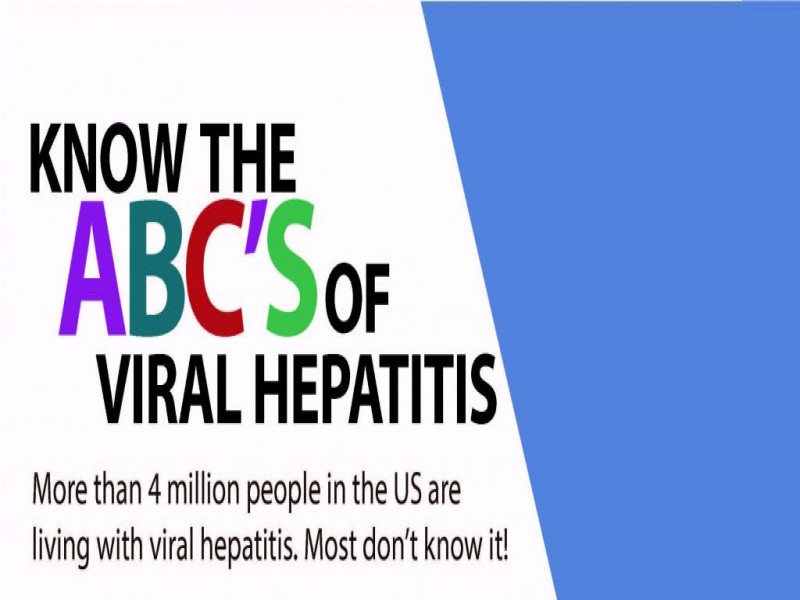For the most part, hepatitis spreads through contact with an infected person and/or the use of contaminated objects. It affects men, women, and children alike, but certain populations and settings increase your risk of getting hepatitis.
For instance, Hepatitis A spreads by ingesting microscopic contaminated fecal matter on food and objects. (An excellent reason food preparers are required to wash their hands after visiting the restroom.)
On the other hand, Hepatitis B is spread primarily through blood, semen, or other bodily fluids, even in microscopic amounts. It can also be transmitted from mother to fetus in utero. Hence, it can spread by sharing equipment contaminated with blood such as syringes, needles, or medical equipment like glucose monitors, or sharing toothbrushes or razors with an infected person.
Lastly, Hepatitis C is spread through blood, even in microscopic amounts. Such transmission can take place through sharing equipment such as syringes, needles, and medical equipment such as glucometers. Additionally, the transmission may have occurred in people who received a blood transfusion or organ transplant prior to 1992.
